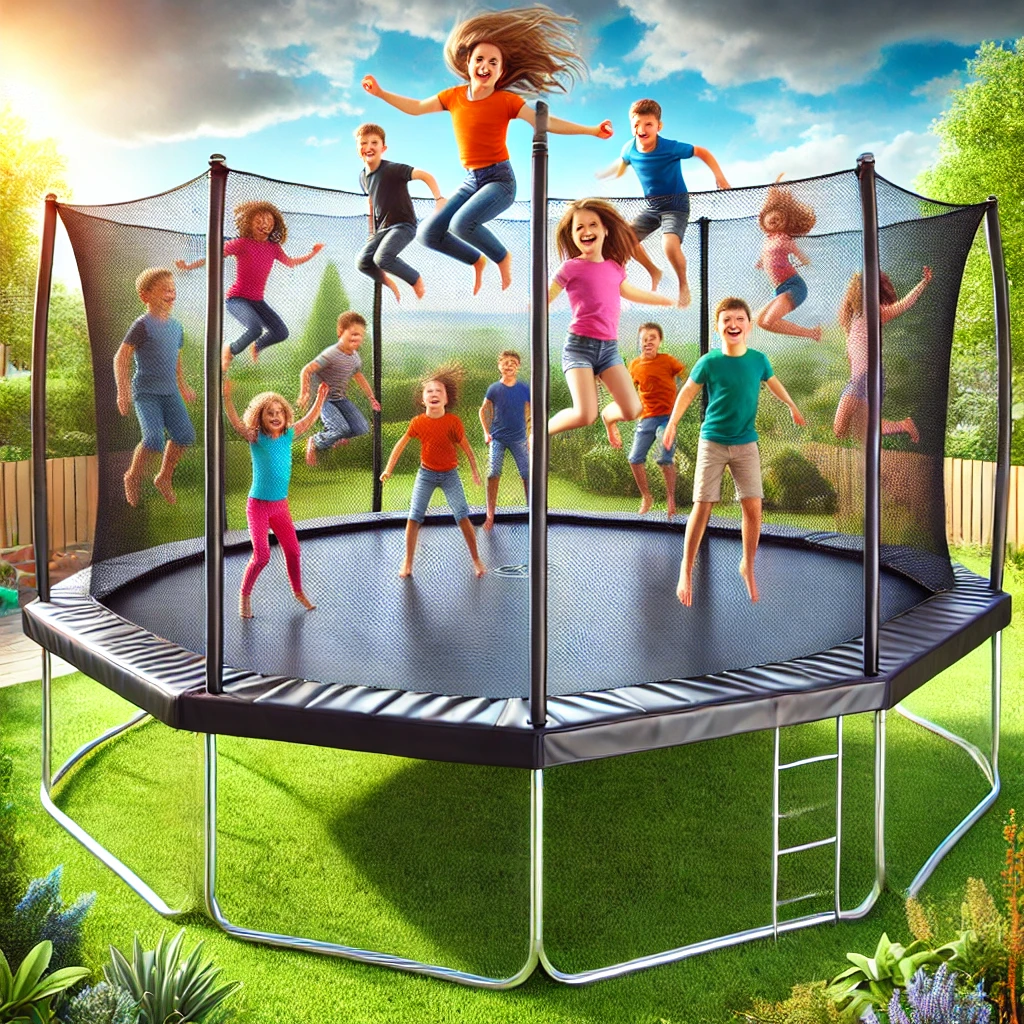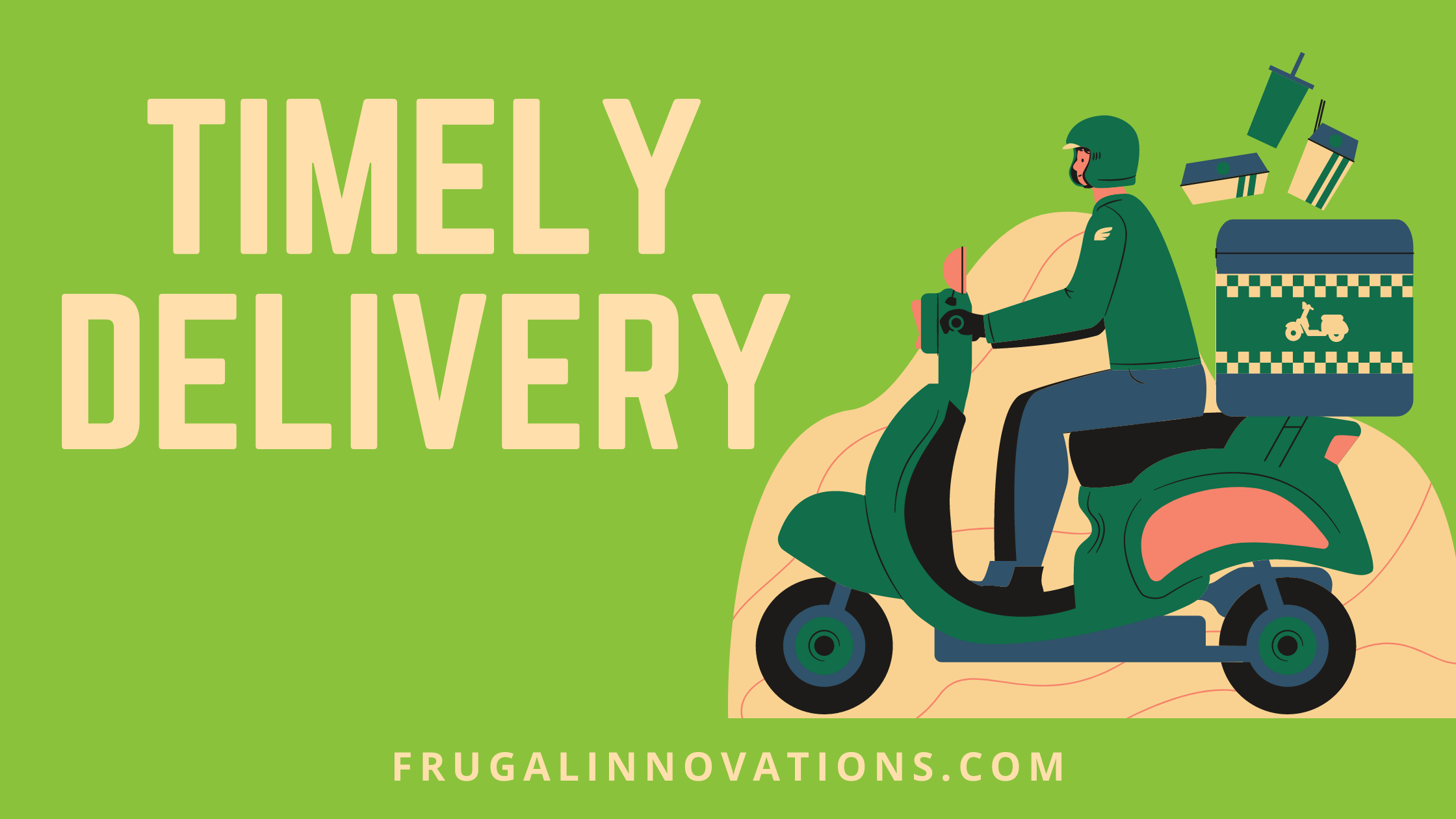Can a Trampoline for Teens in Nairobi Help Fight Boredom and Bad Choices?

In many Nairobi neighborhoods—from Kayole to Karen—teens spend long afternoons with nothing to do. Limited public spaces, expensive sports clubs, and growing screen addiction leave young people idle. And boredom isn’t harmless. It can push teens into risky behaviors like drug use, crime, or unhealthy relationships.
But could a trampoline—yes, a simple backyard trampoline—be part of the solution?
More than just a toy, a trampoline for teens in Nairobi is proving to be a powerful tool for movement, stress relief, and transformation.
Visit our shop HERE to explore all our products
To order call: +254722724893
Email: info@thriftyent.com, thrifty.ent@gmx.com
The Problem: Idle Teens, Real Risks
Across Kenya, idle time among youth is a rising concern. According to the National Authority for the Campaign Against Alcohol and Drug Abuse (NACADA), substance abuse is increasing among high school students. Many parents in Nairobi struggle to keep their teens meaningfully engaged after school, especially in low- and middle-income estates where structured activities are rare.
Without safe, fun, and accessible alternatives, teens are left to their own devices—literally and figuratively. Screen time dominates. Peer pressure creeps in. And mental health suffers.
The Unexpected Solution: Bounce Over Boredom
Trampolines aren’t just for toddlers. For teenagers, they offer a fun, low-barrier form of physical activity that releases stress and boosts mood. Jumping activates endorphins, improves focus, and helps teens burn energy in a positive way.
Studies show that consistent physical movement is one of the best ways to combat anxiety and depression in adolescents. Unlike team sports, a trampoline doesn’t need coordination or competition. It’s solo, safe, and self-paced.
Installing a trampoline for teens in Nairobi homes or youth centers is a cost-effective way to introduce fun that also promotes health and structure.
Real Stories: Bounce That Changed Behavior
Mary Wanjiru, a single mother in Embakasi, noticed her 14-year-old son drifting into bad company. “He had no hobbies, no outlet. I bought a trampoline out of desperation.” Within weeks, things shifted. “He’d rush home from school to jump. He started inviting friends over to use it. They even started doing schoolwork together after bouncing. It changed everything.”
In Kawangware, a small youth group now runs “Trampoline Hangouts” every Sunday. One organizer said, “We realized that teens don’t need lectures—they need somewhere to move and feel alive. The trampoline became that space.”
Bigger Impact: Small Bounces, Big Results
If more Nairobi families, schools, and community centers invested in trampolines, we could see real change. They’re affordable compared to building sports courts or maintaining playstations. They fit in backyards and shared compounds. And they’re durable even in rough conditions.
A trampoline for teens in Nairobi isn’t a full solution—but it’s a smart step. One that gets kids off screens, off the streets, and into positive motion.
A Jump Toward Safer, Happier Teens
Teen boredom in Kenya isn’t just about having nothing to do. It’s about having nowhere to channel energy, emotion, and growth.
And while it might sound silly, a trampoline offers more than fun. It offers relief. Freedom. A safe way to bounce back from the weight of being young in a tough city.
In a place like Nairobi—where innovation meets resilience—maybe the next youth intervention doesn’t start in a boardroom. Maybe it starts with a bounce..
- How to Safely Repair a Sun-Faded or UV-Damaged Trampoline Mat in Kenya
- Are Trampolines the Next Big Fitness Asset for Kenyan Women?
- How Nairobi’s Dust and Wind Patterns Affect Trampoline Lifespan — Best Trampoline Repairs in Kenya
- How to Start a Trampoline Hire Business in Nairobi — Costs, Earnings, Risks, Competition
- Frugal Innovations Kenya – The Most Reliable Trampoline Accessories Centre


